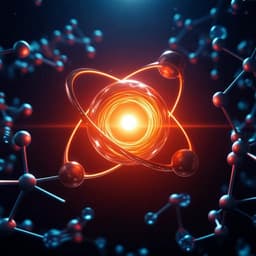
Environmental Studies and Forestry
Metal oxide single-component light-powered micromotors for photocatalytic degradation of nitroaromatic pollutants
X. Peng, M. Urso, et al.
Discover how researchers Xia Peng, Mario Urso, and Martin Pumera have developed innovative Pt-free WO₃ micromotors that harness light for self-propulsion, effectively degrading harmful nitroaromatic pollutants in water. This groundbreaking, fuel-free mechanism is poised to revolutionize water purification techniques sustainably.
Playback language: English
Related Publications
Explore these studies to deepen your understanding of the subject.







